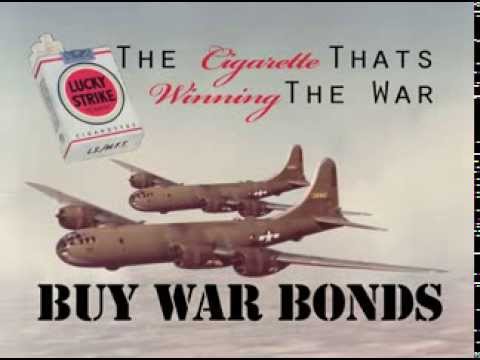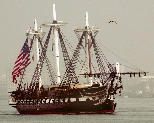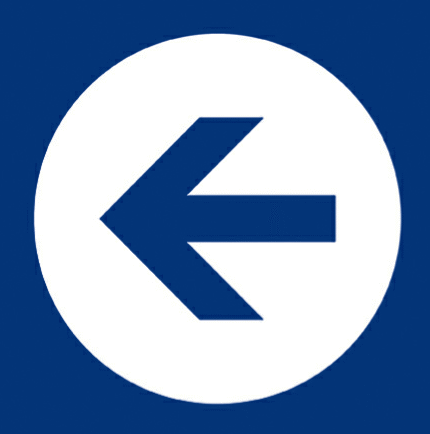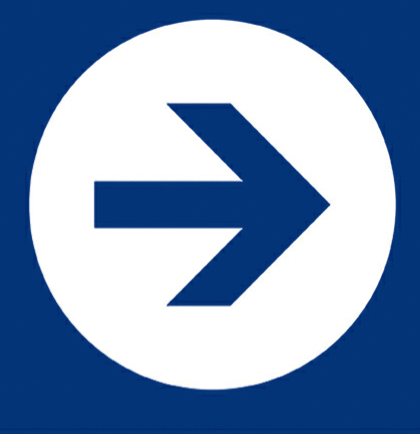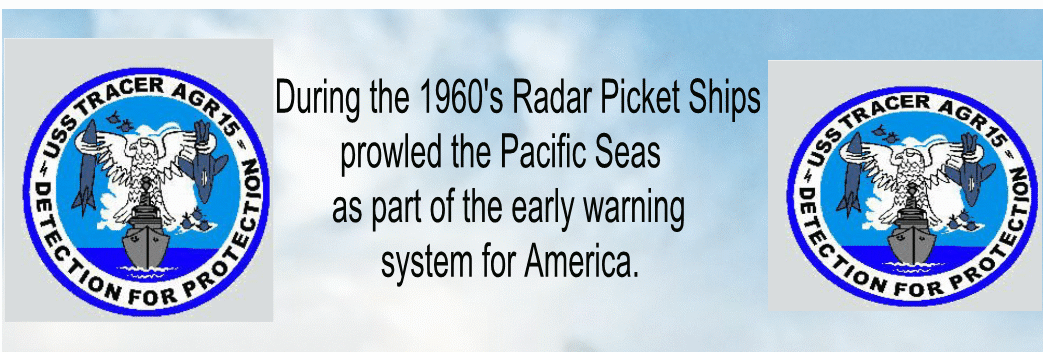THE MISSION:
Radar picket stations were spotted about 400-500 miles out and provided an overlapping radar barrier against approaching aircraft. The assignment was to fill in gaps in the early warning system of the post-WWII era. The job of the AGRs was to give the nation early warning of incoming hostile aircraft and to identify incoming ships, sometimes keeping track of Soviet Fishing Trawlers (spy ships) active in the area. While on station, the AGRs would shift operational control from the Navy to the Air Force; each ship staying within a specific (approximately fifty-mile) radius in an assigned station. The ships carried qualified Air Controllers to direct American aircraft sent out to intercept and engage suspicious contacts. While on the station, duties such as Search and Rescue, weather reporting, and other tasks were part of the assignment. The National Marine Fisheries Service even provided fishing gear so that the crew could fish for Tuna and Dorado during the season. The ships would send in daily reports of fish caught to help the NMFS with their research.
The standard crew of a Radar Picket Ship consisted of 13 Officers, eight Chief Petty Officers, and 125 enlisted. Typical station duty was about 30-45 days out and 15 days in port. Because these ships spent so much time at sea, usually 60 to 70 percent each year (220 to 250 days), the Navy realized that habitability would be a prime concern. So living conditions were nothing like the typical conditions on other Navy ships. Officers had private staterooms, and CPOs shared a stateroom with one other CPO. On some ships, berthing compartments were even air-conditioned (not the Tracer), which was unheard of at the time in the Navy. The mess decks were not unlike a civilian restaurant, and the food rivaled shore base galleys. There was an attempt to decorate mess decks in cheerful colors, and on many ships, the mess decks served as an unofficial crew lounge, even though there was a small space designated as a crew lounge in another part of the ship.
To help avoid boredom during long periods at sea, each ship came up with ingenious ways to entertain the crew, such as fishing, shooting practice, swim call, and sunbathing on southern stations. As they were converted freighters, there was plenty of space aboard the ship. Therefore, all the ships had a small movie theater set up in one of the cargo holds, and other cargo holds might be used as half-sized basketball courts, small libraries, small volleyball courts, or anything else the crews could come up with.
There were approximately six Picket Stations. The stations corresponded roughly to the US and Canadian Border in the north and to the US and Mexican Border in the south. They fanned out along the Pacific, 500 miles off the coast, corresponding very roughly to the cities of Seattle, WA, Portland, OR, San Francisco, CA, and Los Angeles, CA.
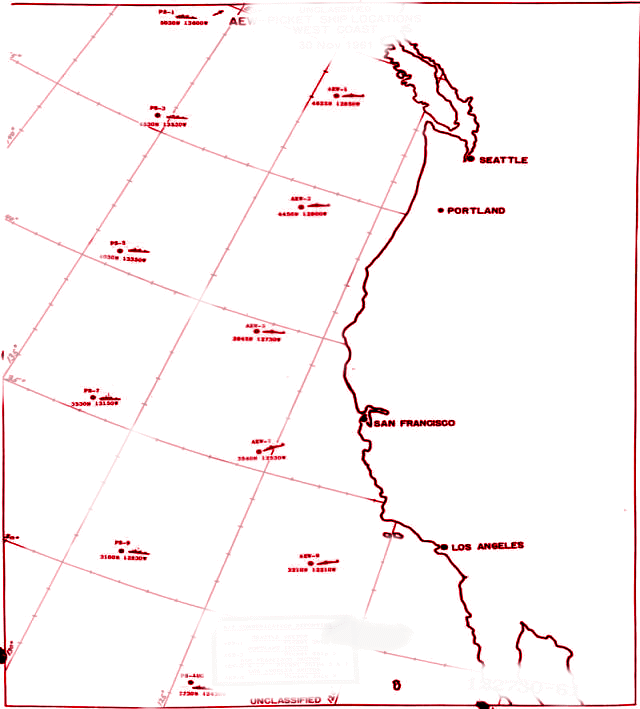
And this was the early warning system of the 1960s.
These days, Aircraft carriers (one example), are gone from home for around six months at a time… however, quite often, they stop at foreign ports. Today, sailors aboard an aircraft carrier at sea have television, the Internet, and emails. They are able to watch cable news every day and are aware of what is going on in the world, and they are paid at a civilian rate of pay. Sailors today are truly volunteers… there is no draft!
08/11/2023AD
Addendum to this page; Recently—08/11/2023AD—the author of this website, GMG3 Phillips—now a really old guy—was in a VA Outpatient Clinic and met in the waiting room another former old sailor—not really of my era. This fellow was separated in 1997AD as, I believe, a first-class petty officer. However, even though we served during different eras, he reminded me of something we considered back in the early sixties as a perk for being in the Navy. During the WWII Navy days—under Franklin Roosevelt (a chain smoker), Tobacco Companies were very big and contributed heavily to Roosevelt's campaigns. And interestingly, the Corporation that owned Lucky Strikes Cigarettes was the sponsor of many popular radio programs—think of My Favorite Wife, Burns, and Allen, or Jack Benny—and if you listen to one of these old WWII radio broadcasts, you’ll hear that Lucky Stirkes supports our soldiers and sailors overseas by sending them thousands of cartons of Lucky Strikes for free.
This type of thinking continued into the sixties, and the USS Tracer, being a ship that spent forty days at sea at a time, when we were at sea, we could go to the ship’s store and buy boxes full of cartoons of cigarettes. My brand was Pall Mall Reds. So, I would put my order in while we were in port at Treasure Island, and once at sea, when the ship’s store opened, I would pay for my two or three large boxes full of cartoons of Pall Malls. The cost was five cents a pack or one dollar per cartoon. So I would buy about twenty cartoons. And then, when the ship returned to San Fransico, I would send most of those cartons of cigarettes home; at that time, my mother and father were both smokers. This was all perfectly legal at the time because we bought those cigarettes—far beyond the twelve nautical-mile legal limits claimed as territorial waters by the United States—in the open ocean where the tax guys had no authority, so there were no added duties or taxes. I suspect the Navy got the cigarettes for free, although I’m not sure about that part. But in any case, we considered it a great perk for being a saltwater sailor.
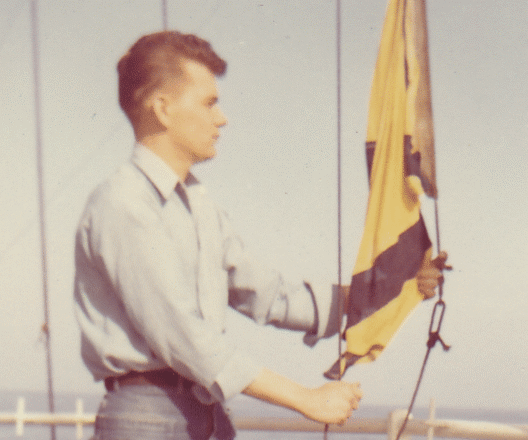
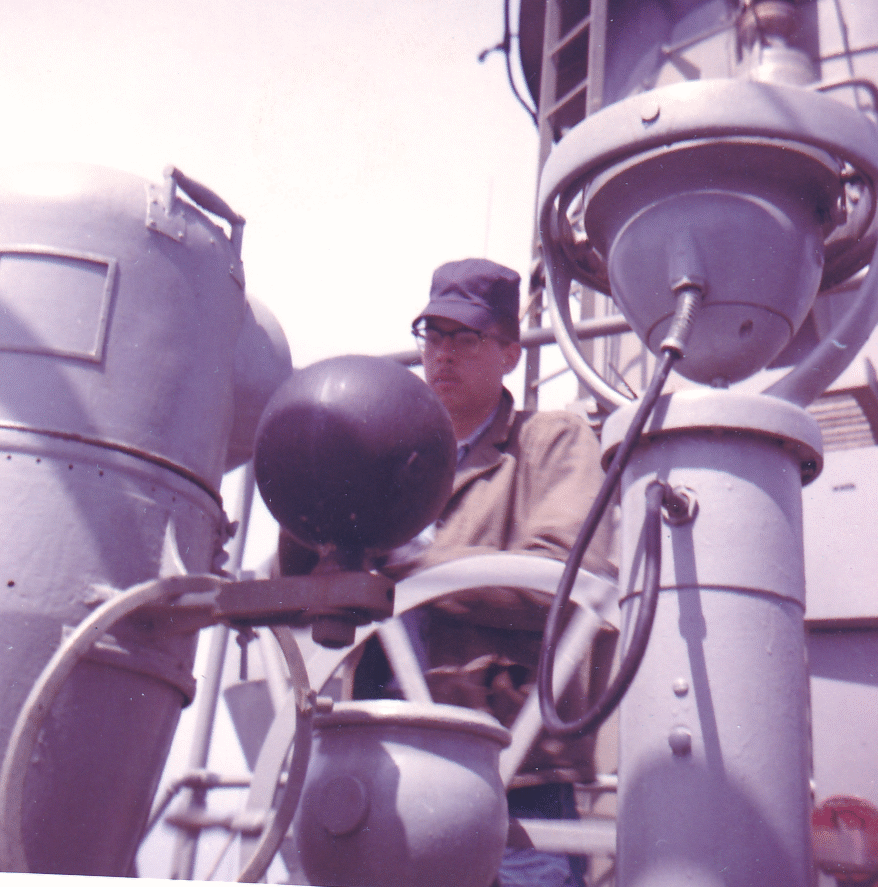

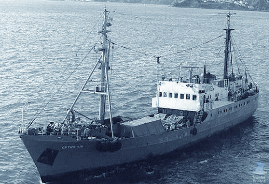
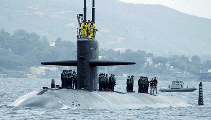
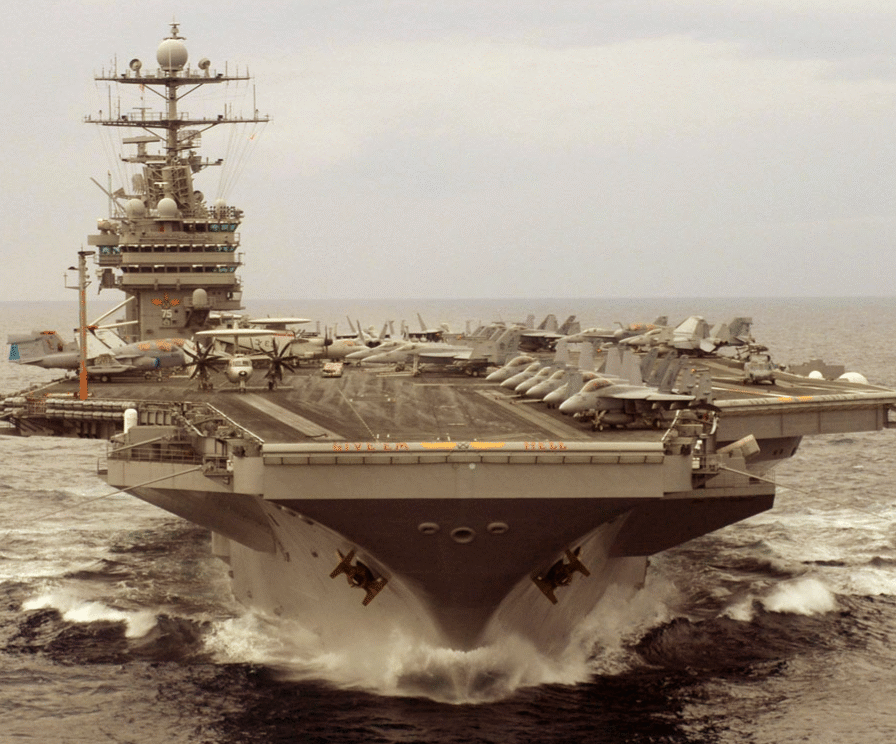
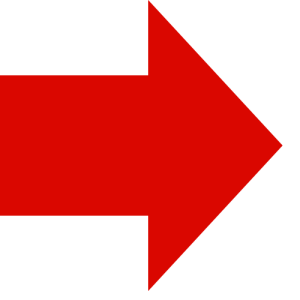 .
.